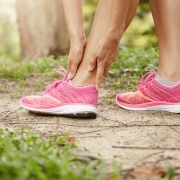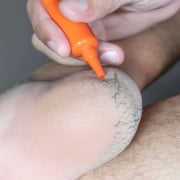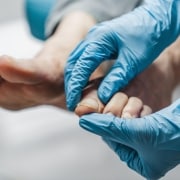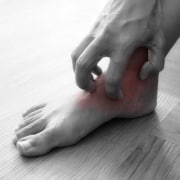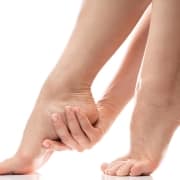3 Chronic Diseases That Can Affect Your Feet
Many medical conditions can impact the health and function of your feet. Three of the most common include arthritis, diabetes, and peripheral artery disease. Your podiatrist in Austin, TX, can tell you more about how to protect your feet if you’ve recently received a diagnosis.
Arthritis
There are roughly 100 different types of arthritis that affect the foot and ankle. All make it difficult to perform simple, everyday tasks such as walking to the mailbox or standing in line to see your favorite movie.
There’s no cure for arthritis, but symptoms can be managed to improve your quality of life. The first step in managing arthritis of the foot and ankle is to see your podiatrist for an exam and a diagnosis. Treatment options include:
- Physical therapy
- Lifestyle changes
- Assistive devices
- Medication
- Surgery
Diabetes
Patients who struggle with diabetes need specialized foot care because high levels of sugar in the blood can cause painful nerve damage. Decreased blood flow to extremities can also cause numbness, making it impossible to tell when you’ve cut or punctured your foot. Wounds like these heal much more slowly in patients who have diabetes, and it’s much easier for infection to set in.
If you’ve been diagnosed with diabetes, it’s vital to seek routine care from a podiatrist. It’s also important to learn how to manage your condition so that your blood sugar levels remain at healthy levels most of the time.
Peripheral Artery Disease
Peripheral artery disease is caused by too much plaque on the walls of your arteries. Eating a diet high in fat and living a sedentary lifestyle may both contribute to peripheral artery disease, and sores may form on the toes and feet that refuse to heal. Your podiatrist can help you manage peripheral artery disease through lifestyle changes and medication.
If you recently received a diagnosis of arthritis, artery disease, or diabetes in Austin, TX, Dr. Jeffery W. LaMour, DPM, PA, can help you manage it. Call today to schedule an appointment.



